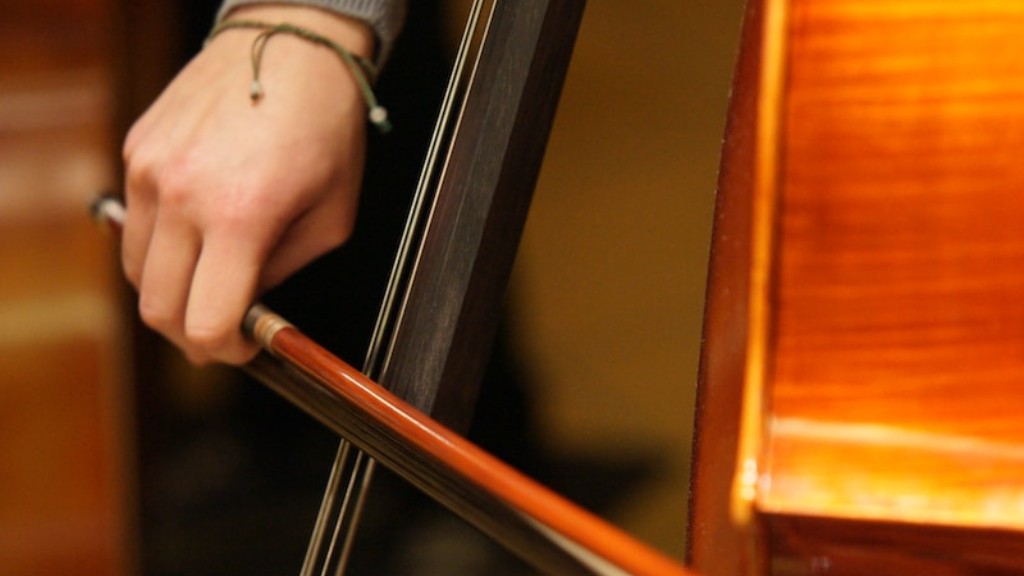How To Draw Horror
Creating terrifyingly realistic horror artwork may seem like an arduous task, but with a few basic techniques you’ll be crafting masterpieces in no time! All you need is a pencil, paper, and a pinch of wicked imagination.
Start with the Basics
You won’t get far without a solid understanding of the basics. Utilize light sketching to mold the perfect image. Make sure to take your time here and go slow. Once your figure is drawn it’s hard to go back and make changes, so focus on precision and keeping your strokes light.
Don’t worry about details yet! Start with basic shapes – a circle for a head, half-moon for eyes, and so on – and build from there. Once you’re happy with its structure you can tackle the finishing touches.
Finally, add the most important element to any horror image – emotion. Creeping in the shadows of our minds, fears arise, so make sure those fears are hauntingly palpable in your picture.
Perfecting the Details
Now it’s time to refine your picture by adding bold details. Let your pencils go wild and start adding the finishing touches. This is especially important when it comes to drawing eerie items like grotesque clowns and blood-sucking vampires.
Also, don’t forget to offer subtle hints at the hidden terror of our subconscious. Things like nightmarish creatures and sinister trees are a great way to stir up fears within the viewer. Use crooked lines and looming shadows to create the perfect tone of suspense.
After adding your details, take a step back and analyze your image from afar. Make sure it reflects the look of terror and that the horror is evident even from afar. Drawers often make the mistake of lacking proportion, so pay extra attention to adding depth and realistic scale.
Extra Touches for a Terrifying Composition
To really draw viewers in and make them feel the terror of your artwork, add extra elements that fill the space. This could be anything from cobwebs and corpses, to oozing blood and collapsing castles.
Don’t be afraid to go overboard here – splatter your canvas with the makings of a horror scene. The more detailed it is, the better. By providing a full and immersive experience you’ll capture the attention of viewers and offer them a chance to step into the dark side of your imagination.
Remember that the purpose of creating a horror scene isn’t just to evoke fear, but to also create a world that lurks beneath the shadows. Painting a backdrop of a storm-ravaged city, sinister shadows or a graveyard in the shadows of a full moon are great ways to achieve that.
Using Color to Create Fear
Once you’ve perfected your details, you can add color to your drawing. Use ripe hues and contrasting tones to set the right atmosphere. Focus on the details that you want to stand out, like eyes and teeth.
Also, don’t be afraid to break away from the norm and use unusual color combinations. Try to match the feeling of your horror scene – a mix of darkness and light. Paint vivid splashes of color on your canvas and create an atmosphere of terror.
In addition, use monochromatic color palettes to draw attention to specific elements. A single tone may be dull and boring for most styles, but for horror drawings it’s perfect. It intensifies the fear and gives your artwork a unique edge – a true masterpiece of terror!
Smoothing Out the Surface
Before you present your artwork to the world, make sure it’s perfected in every sense. Go through and check your figures – make sure they’re drawn out properly and don’t need any touchups. Also check the flow of your artwork and make sure it’s moving harmoniously.
Finally, finish with a few final tweaks. Smooth out any rough patches and brush away any bumps. Make sure your artwork is well-polished and ready to be seen.
Once it’s finished, stand back and marvel at your masterpiece! Creating horror artwork may seem intimidating, but if you focus on details, fear, and emotion you’ll create something that’s both beautiful and terrifying!
